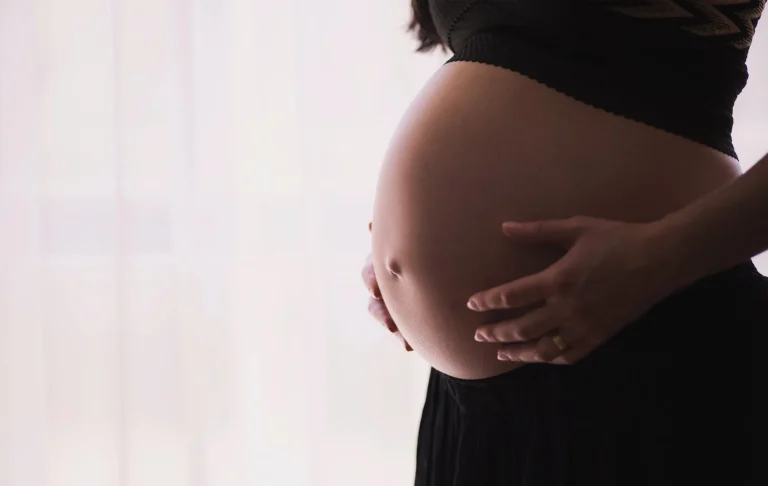In recent years, the number of multiple pregnancies has increased. Their course differs from a singleton pregnancy and requires special attention from the gynaecologist. How are twin pregnancies differentiated and what are the complications?
Types of twin pregnancies
Twin pregnancies can be categorised according to the number of chorionic villi and amniotic fluid:
- Dichorial/diamniotic twin pregnancy: 2 placentas and 2 amniotic sacs
- Monochorial/diamniotic twin pregnancy: 1 placenta and 2 amniotic sacs
- Monochorial/monoamniotic twin pregnancy: 1 placenta and 1 amniotic sac
Each type of twin pregnancy is associated with a different treatment during pregnancy and possible complications. The safest pregnancy is a dichorial/diamniotic twin pregnancy. The babies then have separate amniotic sacs and each has its own placenta. In the other two twin pregnancies, the placenta is divided, which can lead to an unequal division between the babies and the development of complications typical of this type of pregnancy.
In common parlance, twin pregnancies are divided into identical and fraternal pregnancies. However, this categorisation has no significance for medical treatment.
Ultrasound examination for twin pregnancies
Multiple pregnancies are considered high-risk pregnancies. A twin pregnancy therefore requires more frequent examinations, in particular ultrasound examinations, than is the case with a singleton pregnancy. The ultrasound programme for twin pregnancies is similar to that for singleton pregnancies. A change should be noted in the second half of pregnancy, when the growth of the foetuses should be checked every 4 weeks so that the difference in weight between the babies can be determined as quickly as possible. A twin pregnancy requires special care right from the start. From the 16th week onwards, ultrasound examinations are carried out every 2 weeks. This management is aimed at recognising complications such as TTTS syndrome or selective growth restriction.
Twin pregnancy – complications
Twin pregnancies are associated with a higher risk of complications than singleton pregnancies. The expectant mother is more likely to suffer from pre-eclampsia. In many cases, multiple pregnancies also lead to premature births. A special group of pregnancies are twin pregnancies, in which the babies “share” a common placenta. Complications such as foetal transfusion syndrome, reverse arterial perfusion syndrome or the anaemia-polycythaemia sequence can occur in these pregnancies. Selective foetal growth restriction can also be a complication of twin pregnancies. For this reason, multiple pregnancies require special care, which should be provided in centres run by experienced doctors who specialise in the treatment of these complications. Current methods allow postnatal transfusions for paediatric anaemia or laser ablation of the connecting vessels.
What the birth of a twin pregnancy looks like
The type and timing of delivery for twin pregnancies depends on the type of pregnancy and any complications. For dichorial/diamniotic twin pregnancies, delivery should take place between the 37th and 38th week, for monochorial/diamniotic twin pregnancies around the 36th week and for monochorial/monoamniotic twin pregnancies in the 34th week. If complications occur with multiple pregnancies, it may be necessary to terminate the pregnancy earlier.
The gynaecologist should decide on the method of delivery for a twin pregnancy. Women with dichorial/diamniotic and monochorial/diamniotic twin pregnancies can give birth naturally. However, certain conditions must be met. The first foetus should be in the longitudinal cephalic position and the weight difference between the babies should not exceed 20%. Caesarean section is the preferred method for monochorial/diamniotic pregnancies.
A twin pregnancy causes anxiety for many mothers, but in most cases it also brings double happiness.











